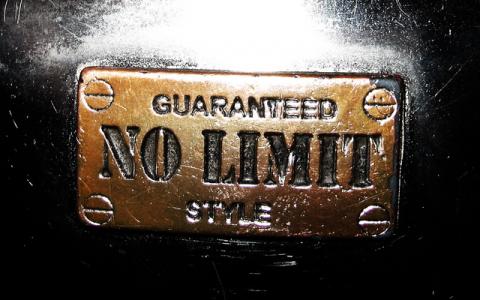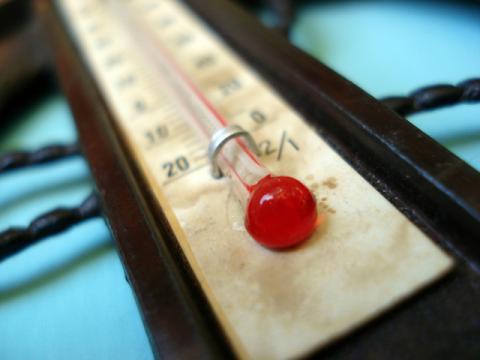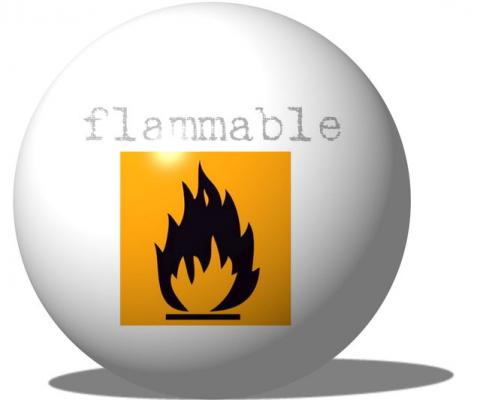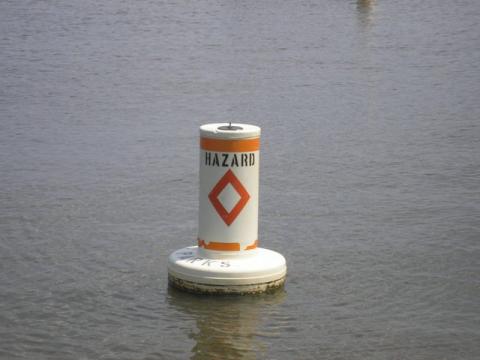Back to the Basics: Secure Damper Positions
Once the minimum ventilation requirement is known, dampers must be secured so that ventilation is never reduced below the minimum. The best method is to cut away the damper so that it is not possible under any condition to reduce the ventilation rate to an unsafe level. Manually adjusted stops, and sometimes even welded stops, have been found to be insufficient to prevent accidental loss of ventilation due to incorrect damper settings.










